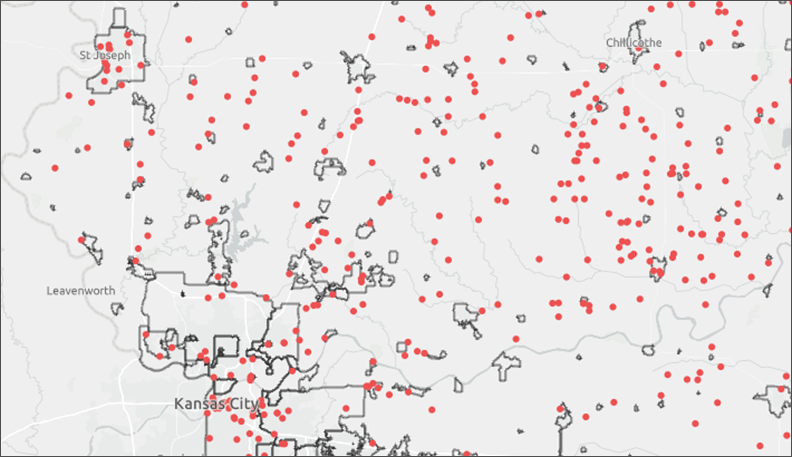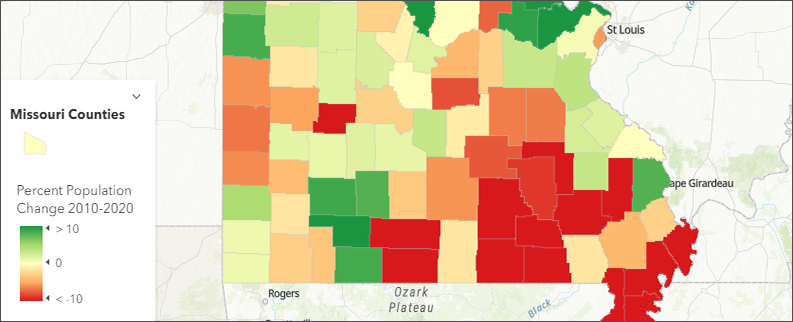We’re happy to announce a new version of Geocorr based on 2020 decennial census geographies. Thank you for your patience!
Currently, Geocorr 2022 comprises the following geographies for all states, DC, and PR (where applicable):
- nation (aka “Entire universe”)
- states
- counties
- minor civil divisions (MCDs; includes townships and other county subdivisions)
- tracts
- block groups
- blocks
- places (towns, villages, cities, etc.) and census-designated places (CDPs)
- core-based statistical areas (CBSAs; includes metropolitan and micropolitan statistical areas)
- upper- and lower-chamber state legislative districts
- Congressional districts (116th Congress)
- ZCTAs (ZIP codes)
- NECTAs and NECTA divisions
- elementary, secondary, and unified school districts
- “best” school districts and types
- county and place size categories
- hospital service areas and referral regions
In addition, Geocorr 2022 includes the following regions for the state of Missouri only:
- Regional Planning Commissions
- University of Missouri Extension regions
- MO Dept. of Economic Development (MERIC) regions
- MO Dept. of Transportation districts
- MO Area Agencies on Aging
- MO BRFSS regions
We’ll add other geography types as they become available.
Longtime users of the Geocorr applications may notice a few other changes. Geocorr 2022 does not include the concentric ring pseudo-geocode options, nor the bounding box filter option. Our server logs indicated that these options were rarely used, and in a couple of instances were not actually functional. The HTML (web page) report option is now unchecked by default. The report output is the most resource- and time-intensive block of Geocorr’s code, and frequently causes program timeouts when very long reports (e.g., those using blocks) are requested.
Although Geocorr 2022 has been thoroughly tested, it should be considered a “beta” version for the moment. Please report any errors to Glenn Rice (riceg@missouri.edu).



